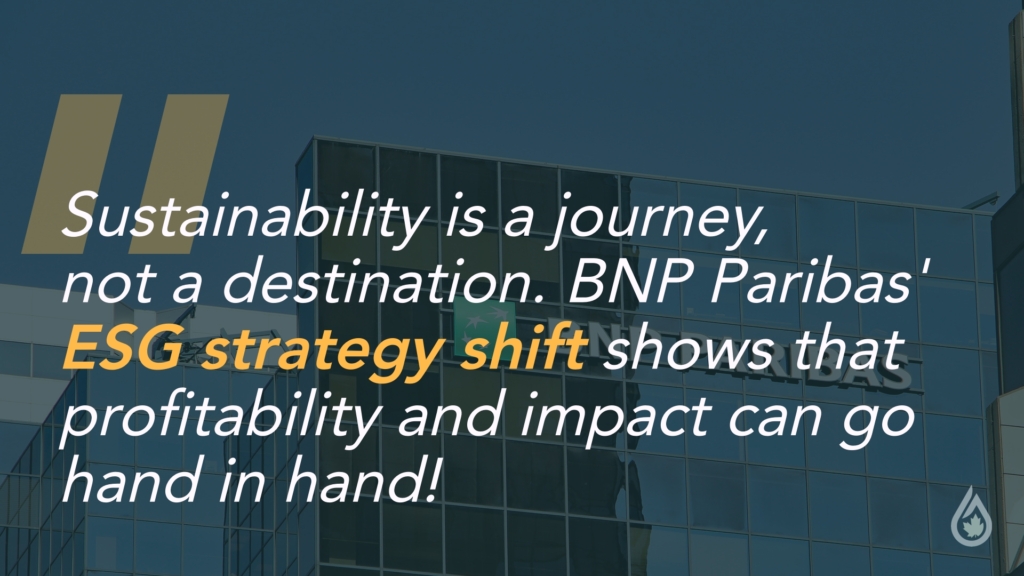You Can’t Do Scope 3 Alone: Why ESG Teams Need a Cross-Functional Approach
When we talk to sustainability teams, one phrase keeps popping up when it comes to Scope 3 emissions:
I feel like I’m doing this alone.
And the truth? You probably are doing it alone. You are basically in the wrong place, at the wrong time, lacking the right people. It’s kind of like standing alone, in the middle of the desert, wearing a ball gown! You can go in with the best of intentions, but no one is dancing!
Whether you’re managing emissions disclosures, prepping for CSRD, or just trying to make sense of supply chain data, Scope 3 can feel like a beast you’ve been left to tame with nothing but spreadsheets, goodwill, and a prayer. But here’s the thing—Scope 3 reporting was never meant to be a solo act. It touches too many parts of the business. If you want your Scope 3 data to be meaningful, accurate, and—let’s be honest—doable, you need to treat it as a team effort.
Let’s talk about why, who needs to be involved, and how to actually get them on board.
The Risk of Going Solo
You can’t report what you can’t access. And many ESG teams are stuck:
- Estimating supplier emissions with generic data
- Manually searching for travel and logistics spend
- Guessing what IT systems might have the data they need
- Chasing down someone in procurement… again
The result? Incomplete or outdated Scope 3 inventories. A report that’s more checkbox than strategy. And stakeholders who see ESG as a cost center, not a source of insight.
Who Should Be Involved?
Here’s your core Scope 3 crew—the departments that can turn your Scope 3 reporting from reactive to proactive:
Procurement
They’re the gatekeepers to supplier data.
- Help you identify high-emissions suppliers
- Embed emissions disclosure into contracts
- Lead supplier engagement efforts
Finance
Own the spend data you’re basing estimates on.
- Help categorize and validate Scope 3 data
- Support modeling approaches for purchased goods/services
IT/Data
Your bridge to actual systems and integrations.
- Provide access to ERP, travel platforms, supplier systems
- Help automate data pulls and reduce manual grunt work
HR
Underestimated, but critical.
- Has commuting and hybrid work data
- Manages travel policies and behavior
Legal / Compliance
Keeps things above board.
- Supports contract clauses, supplier NDAs, and disclosure standards
Operations
They know how things really run.
- Provide ground-truth insights on material usage and logistics
Take Your ESG Strategy to the Next Level
Need expert guidance on automating ESG monitoring and enhancing sustainability performance? Our team can help you streamline data integration, ensure compliance, and maximize strategic value. Let’s discuss how automation can drive impact for your organization.
How To Actually Get Them Involved
You don’t need a 40-person working group. You need buy-in from key allies and a clear reason for them to care.
Here’s how:
- Lead with relevance.
“We need your help with Scope 3” is vague. Try:- “We’re trying to reduce risk in our supplier network—can I show you the data gaps?”
- “We want to align with CSRD and we need your input to get it right.”
- Make the ask small.
- One data pull.
- One policy review.
- One intro to a supplier.
Start small, build momentum.
- Share the win.
- If your Scope 3 insights help finance avoid risk or support procurement in supplier scoring, tell them.
- Make it their win, too.
- Build the system, not the spreadsheet.
- Ask IT for system-level access or automation, not one-off exports.
- Start centralizing recurring processes (quarterly supplier updates, commuting data, etc.)
Scope 3 reporting isn’t just a technical challenge. It’s an organizational one. And if you’re still trying to do it alone, you’re working too hard for too little payoff.
Start small. Engage one team. Build one process. It’s not about perfection—it’s about progress.
Need more?
If you want to see more on common mistakes that sustainability teams make when tracking and reporting on Scope 3 data, why not check out our video:











